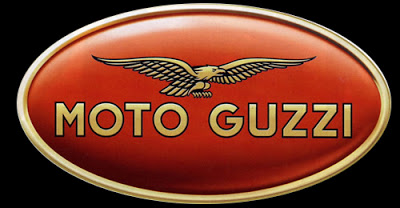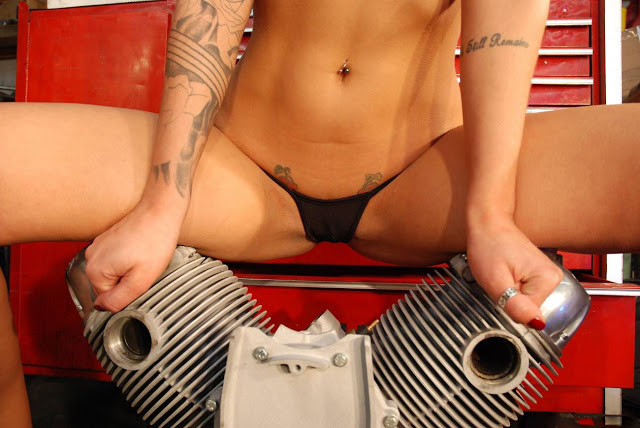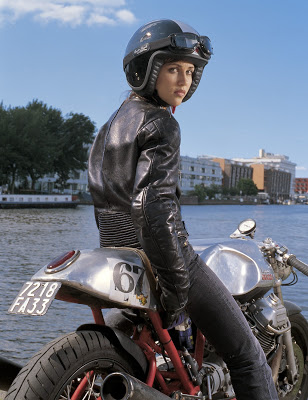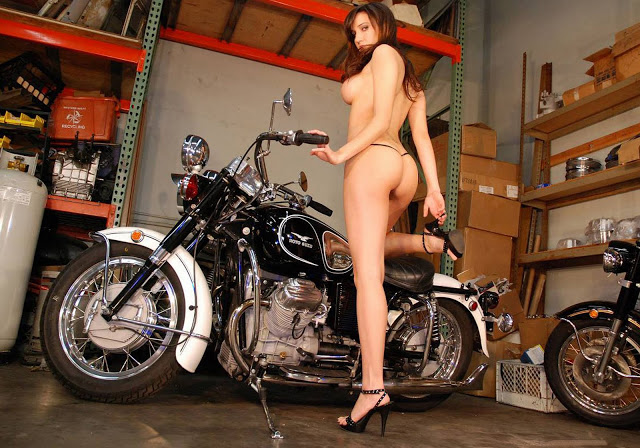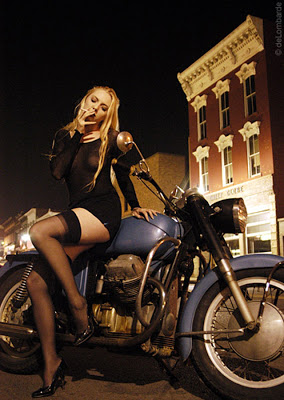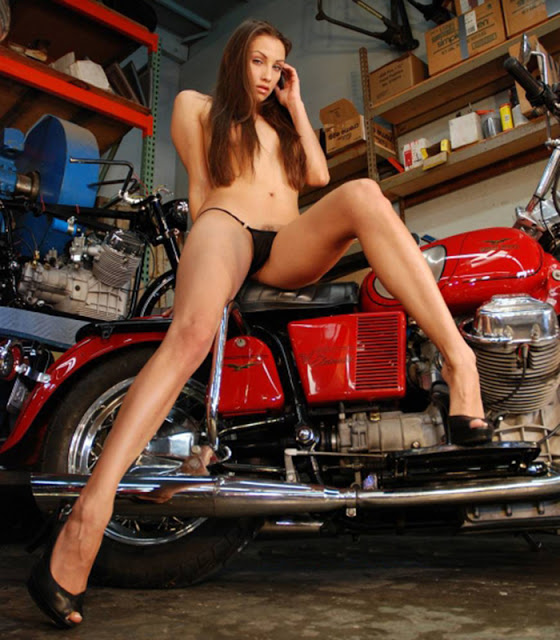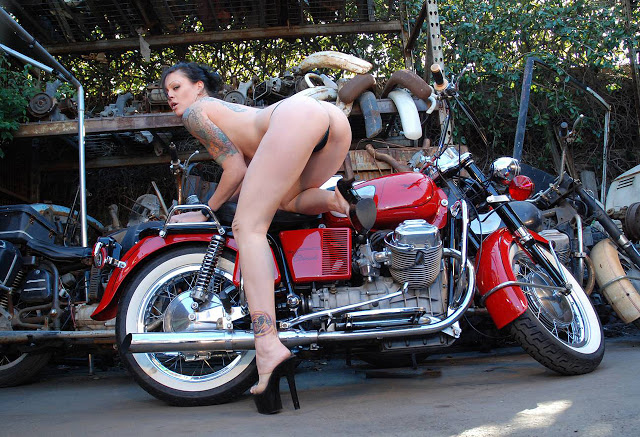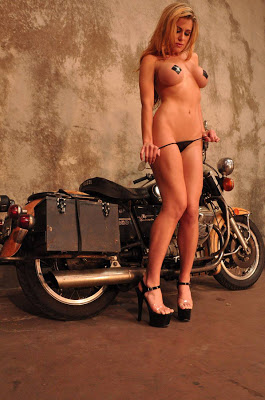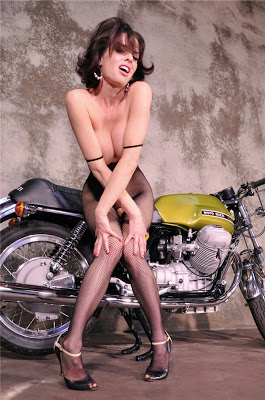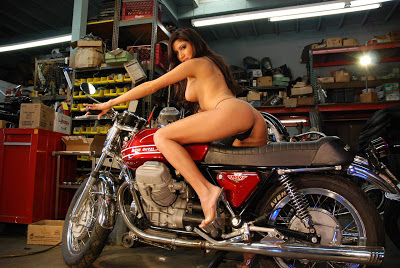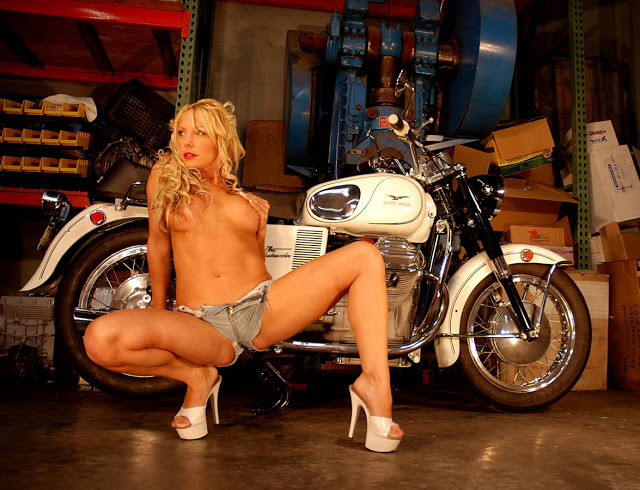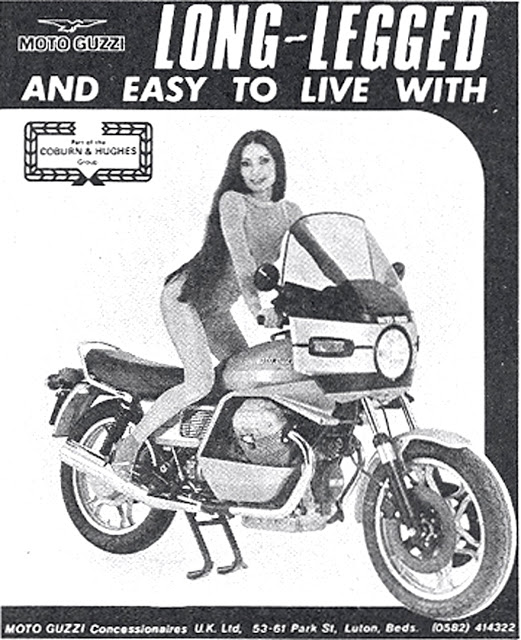 |
| From top: Carlo Guzzi, Giorgio Parodi, Giovanni Ravelli |
Carlo Guzzi was born in Milano in 1889, and as a young man he frequented the workshop of blacksmith Giorgio Ripamonti in Mandello del Lario on annual holidays to Lake Como. Guzzi was fond of mechanics and Ripamonti was constantly working on the engines of local boats as well as any of the early model bikes and cars that made their appearance on in the town; sometime in these early years Carlo developed the idea of building his own motorcycle, an idea no doubt strengthened through his studies in the technical schools of Milan. After his graduation and qualification as Chief Engineer he went to work for luxury car manufacturer all’lsotta Fraschini, but the First World War intervened. He was drafted into the Royal Italian Air Force, joining the Venice based Miraglia seaplane squadron as a mechanic.
During the time he was stationed there he became close friends with two pilots; Giovanni Ravelli, an acclaimed aviation instructor and motorcycle racer, and Giorgio Parodi, the son of wealthy Genoese ship-owners. Together they reinvigorated Guzzi’s old dream and made plans to start their own motorcycle company after the war with Carlos designing the machines and Giovanni promoting them through racing. Giorgio would assist with the financing.
Unfortunately Giovanni Ravelli was killed in a plane crash on August 11 1919, but soon after that Guzzi and Parodi returned together to Mandello. They approached Guzzi’s old friend Giorgio Ripamonti with designs for a motorcycle which incorporated innovations that Guzzi had drawn from his wartime experience with aircraft engines. Giorgio’s father gave them an initial loan of two thousand lire to finance the project and in 1920 Ripamonti finished work on the prototype G.P.(Guzzi & Parodi), featuring a four stroke 500cc horizontal single cylinder engine with a unit construction gearbox and the hallmark exposed “bacon-slicer” flywheel. Unlike many common motorcycle designs every component of the G.P. was rational and essential; their primary goal was functionality and reliability, but from the beginning they had designed the machine for racing competition. That first prototype, radically different from other bikes in its engine configuration and low-slung frame, met their goals admirably.
When they presented the bike to Giorgio’s father, Emanuele Vittorio, he agreed to finance the company. On March 15, 1921 Carlo Guzzi and Giorgio Parodi along with Giorgio’s brother Angelo founded the “Società Anonima Moto Guzzi.” For their logo they chose an eagle with outstretched wings as a tribute to their lost comrade Giovanni Ravelli.
In 1921 the Normale was born. This was their first commercial model with 8 hp, a maximum speed of 80 km/h and a fuel consumption of 30 km per liter. Notably, the Normale was the first bike in the world to be fitted with a center stand. Carlo Guzzi’s horizontal single engine design dominated the first 45 years of the company’s history, and until 1934 each engine actually bore the signature of the mechanic who built it.
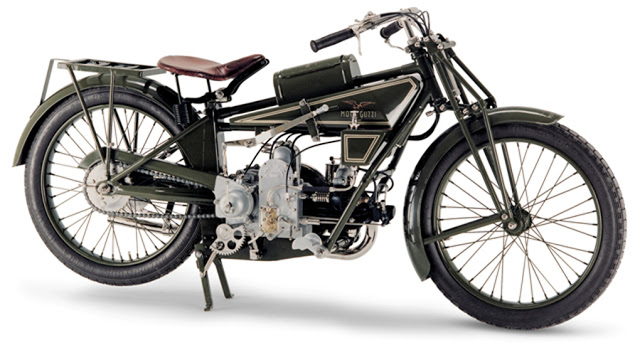 |
| 1921 Normale |
As originally envisioned the company used racing to promote the brand. Carlo Guzzi made his racing debut on May 28, 1921, entering the Milan-Naples race with the only two motorcycles they had: they took 20th and 21st place. Only four months later Gino Finzi’s Guzzi won a sensational first place at the famous Targa Florio. In the 1935 Isle of Man TT, Moto Guzzi factory rider Stanley Woods took a double victory with wins in both the Lightweight TT and Senior TT.
In contrast to the traditional horizontal four-stroke single cylinder 500 cc engines outfitted with both overhead and side valves (IOE, inlet over exhaust or F-head), the company supplied the official racing team and private racers with higher performance racing machines with varying overhead cam, multi-valve configurations and cylinder designs.
 |
||
| Alce |
In 1938 the Alce (Italian for Elk) was presented to the military as a primary machine for reconnaissance and escort convoys. An improvement over the earlier models it retained the latest 13.2bhp overhead exhaust and side valve engine but had an automatic oil pump, an improved frame with higher ground clearance and changes to the exhaust system which enabled it to operate in a variety of wartime conditions. The motorcycle was also produced -perhaps more famously- as a three wheeled cargo vehicle known as the Trialce which was designed to be easily disassembled and dropped by parachute.
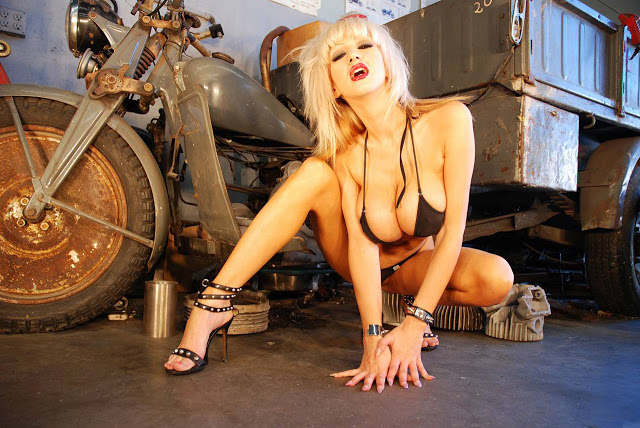 |
| Trialce |
Initially the Alce was used almost exclusively by dispatch riders but its reliable, rugged design was quickly adapted for use as a reconnaissance vehicle and mounts were added for light machine guns and artillery pieces for rapid incursion and infantry support functions. It gained legendary status in the army and bore the remnants of the Italian armies on their homeward journey, not just metaphorically but in many cases physically, from the African Sahara to the Don river front in Russia. The Alce continued in production until 1958 even though it had been supplanted in 1946 by the Superalce.
The period after World War II was as difficult in Mandello del Lario as it was elsewhere in post-war Europe. As motorcycle popularity waned, Moto Guzzi’s solution was production of inexpensive, lighter machines. The 1946 “Motoleggera“, a 65cc bike became very popular along with the four-stroke 175cc “Galletto“. Still, Moto Guzzi was limited in its attempts to break into this market as other already established Italian scooter manufacturers such as Piaggio (Vespa) and Lambretta quickly made it clear that they wouldn’t tolerate the added competition; in fact when Guzzi unveiled their prototype for a small wheeled scooter Lambretta retaliated with a prototype for a V-twin motorcycle, threatening to directly compete on Moto Guzzi’s own turf. The two companies compromised: Guzzi never produced their scooter and Lambretta never manufactured their motorcycle. Curiously though, the Lambretta prototype very closely resembled Guzzi’s later famous V twin.
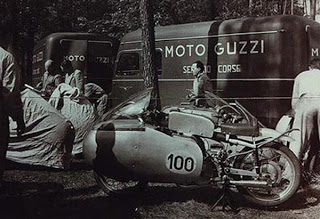
Between 1921 and 1957 Moto Guzzi had 3,329 successes, 11 Tourist Trophies, and 14 World Championship Titles. Guzzi led the world of Grand Prix motorcycle racing in the 1950s, and with Carcano designed 250 cc and 350 cc bikes they dominated the middleweight classes. But ultimately Moto Guzzi (and their main competitors Gilera and Mondial) withdrew from racing after the 1957 season due to escalating costs and diminishing motorcycle sales.
By 1964, the company was in full financial crisis. Emanuele Parodi and his son Giorgio had died, Carlo Guzzi had retired to private life, and direction passed to Giorgio’s brother Enrico Parodi. Carlo Guzzi died on 3 November 1964 in Mandello.
In February 1967 state controlled receiver SEIMM (Società Esercizio Industrie Moto Meccaniche) took ownership of Moto Guzzi and began adapting to a cultural shift from motorcycles to automobiles by focusing on lightweight mopeds which had become popular with consumers. But it was during these SEIMM years that Guzzi developed the 90° V twin engine which would become icon of the Moto Guzzi brand.
Though Moto Guzzi has employed engines of myriad configurations, none has come to symbolize the company more than the air-cooled 90° transverse head V-twin. The original V was developed in the early 1960s by engineer Giulio Cesare Carcano; the machine began life with 700 cc displacement and 45 hp (34 kW) and was designed to win a competition for a new police bike sponsored by the Italian government. The sturdy shaft-drive, air-cooled motorcycle not only won, it gave Guzzi a renewed competitiveness. This 1967 Moto Guzzi V7 with the original Carcano engine has been continuously developed into the 1,200 cc, 80 hp (60 kW) versions offered today (2006). Lino Tonti redesigned the motor for the 1971 Moto Guzzi V7 Sport. This engine is the basis of the currently used 750 cc, 1,100 cc and 1,200 cc Guzzi engines.
Moto Guzzi introduced the California models in 1972, based on a design sold to the Los Angeles Police Department. The California remained popular throughout the 1980s and 1990s and remains in the US Moto Guzzi range as the California Vintage. In 1973 De Tomaso Industries Inc. (D.T.I. Group or DTI) purchased SEIMM (and thereby Moto Guzzi) along with Benelli and Maserati. Under Tomaso’s stewardship Moto Guzzi returned to profitability; in 1976 Guzzi released the 850 shaft drive Le Mans cafe race. Six versions of the Le Mans have been produced; the Le Mans II and III are 850cc, the IV and V are 1,000cc and the V11 machine is 1,064cc. The first two models had rounded air cooling fins on the cylinders while the latter have squared fins, a detail used to distinguish them. Early models use 36 mm or 40 mm Dell’Orto carburetors but the late model V11 Le Mans is fuel injected: all the machines in this series are highly regarded for their styling and performance.
In April 2000 Aprilia S.p.A acquired Moto Guzzi for $65 million but the arrangement would remain short-lived as Aprilia itself stumbled financially. The Moto Guzzi assembly line closed for a short period in March 2004 due to the financial difficulties, but in December 2004 Piaggio & Co. acquired Aprilia and Moto Guzzi forming Europe’s largest motorcycle manufacturer. Piaggio’s investments have allowed introduction of a series of competitive new models in rapid succession.
2011 brings the celebration of the 90th anniversary of the Moto Guzzi brand, and today Moto Guzzi is the world’s second oldest continuously operating motorcycle manufacturer (after Royal Enfield). Throughout its history, Moto Guzzi has earned approximately 3,300 racing wins, including 14 world GP titles, 22 world records and 11 Isle of Man Tourist Trophy wins.
References:
Life in Italy.com: History of Moto Guzzi
liarsroma.com: Carlo Guzzi
Moto Guzzi Club Malta
Moto Guzzi USA
Squadra Guzzista: Superalce
Moto Guzzi Heritage.com (90th Anniversary Website)
Selected photography from Cyclegarden.com

